Centralized Catalog, Faster Publishing: 40ParkLane’s Marketplace Success with CedCommerce
Reading Time: 4 minutesAbout the Brand: 40ParkLane LLC Studio40ParkLane is a design-led print-on-demand brand created…
There has been a huge surge in eCommerce of recent years. Indeed, the surge has been large enough to worry many brick and retail store owners, who have started worrying that it will harm their business and leave a negative impact on it. Conversely, there are many others, who believe that the web is just another channel for them to boost their sales.
And these latter are already implementing and augmenting their offline stores with online channels. And while it is still too early to tell which of these two factions is right, one thing is certain, online retail is growing and it is coming to occupy a can’t-be-ignored position in the world of retail.
As such, the smartest thing for retailers to do is probably to ride the bandwagon, and make sure that they stay up to date with all the different trends of the market — which may be a bit more difficult since trends online change at a rate far faster than their offline brethren. However, coming online also offers retailers a whole bevy of benefits, such as access to a huge audience that spans millions of users and reaches across countries and continents.
Along the same, several new phenomenons have also sprung up. For example, the practice of webrooming and showrooming. While web rooming refers to a practice wherein the customer browses the products online and at different portals only to make the final purchase at a showroom, show rooming refers to a process wherein the customer visits the showroom to get a look and feel for products, only to order them online.
Understandably, both of these processes mean that someone gains sales at the cost of someone else losing them. And the losing party is of course sore about the fact that he/she has lost the sale.
However, there is a certain section of retailers, who are benefiting in both the cases. These sellers thus benefit from sales that occur over the web, as well as sales that take place in stores.
The major priority here, that must be kept in mind is ensuring that the whole shopping experience remains consistent across all channels. That means ensuring that the customer can start shopping at one of your web properties, and can finish it at another.
For instance, a customer starts browsing your product on mobile, ends up making a purchase through his/her desktop, and finally picks up the product from his nearest store. This would be an example of a truly seamless experience and one which would actually be appreciated by your customers, making sure that they turn into loyal ones.
Even from the perspective of a new customer who is hearing about your brand for the very first time, a mobile application and a website will only serve to boos the credibility of your online store and improve its brand image.
In many ways though, setting up a proper online presence can be harder than opening a brick and mortar store. With MageNative though, getting a mobile application to complement your brick and mortar store is easy, and highly affordable. Your mobile application is ready and raring to go.
And in case you still need to set up an online store for your brick and mortar store (which rock have you been living under for the past 2 decades or so?) visit CedCommerce to get set up with a Magento store too. Go check it out, and make sure that you are on the progressive side of the fence as eCommerce changes and shifts into its new, exciting future format.
Established in 2015, MageNative has been heavily involved with customized m-Commerce developments. The company offers a slew of solutions and has a vast, global client base.
Magenative also deals with Magento mobile app, Magento 2 mobile app, Shopify mobile app, WooCommerce mobile app and Delivery App which allows the store owners to create and deploy native mobile applications for Android and iOS smartphones. The company is also working on mobile solutions for more eCommerce platforms namely Opencart, Prestashop, etc.
Thank you for your interest.

Reading Time: 4 minutesAbout the Brand: 40ParkLane LLC Studio40ParkLane is a design-led print-on-demand brand created…
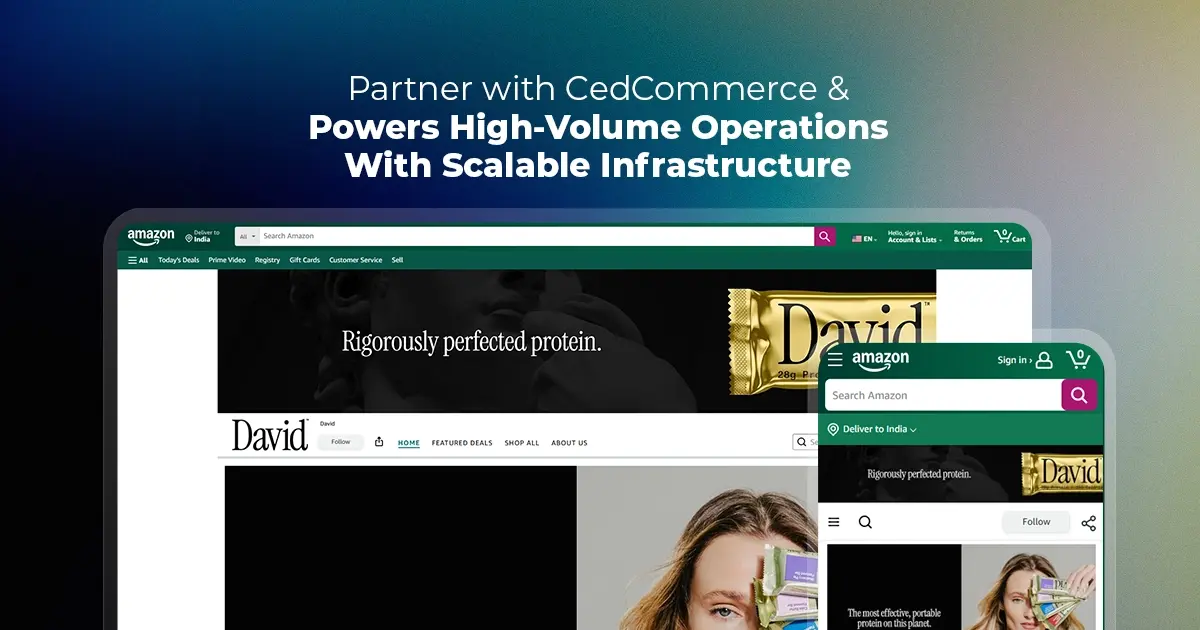
Reading Time: 3 minutesAbout the Company Brand Name: David Protein Industry: Health & Nutrition (Protein…

Reading Time: 3 minutesOnline retail spending in Germany is entering a renewed growth phase after…

Reading Time: 4 minutesTikTok Shop has released a comprehensive Beauty and Personal Care Products Policy,…

Reading Time: 4 minutesTikTok Shop has formally outlined comprehensive requirements for expiration date labeling and…

Reading Time: 3 minutesTikTok Shop is raising its sales commission for merchants across five active…

Reading Time: 11 minutesBy now you have seen your BFCM 2025 numbers. The harder question…
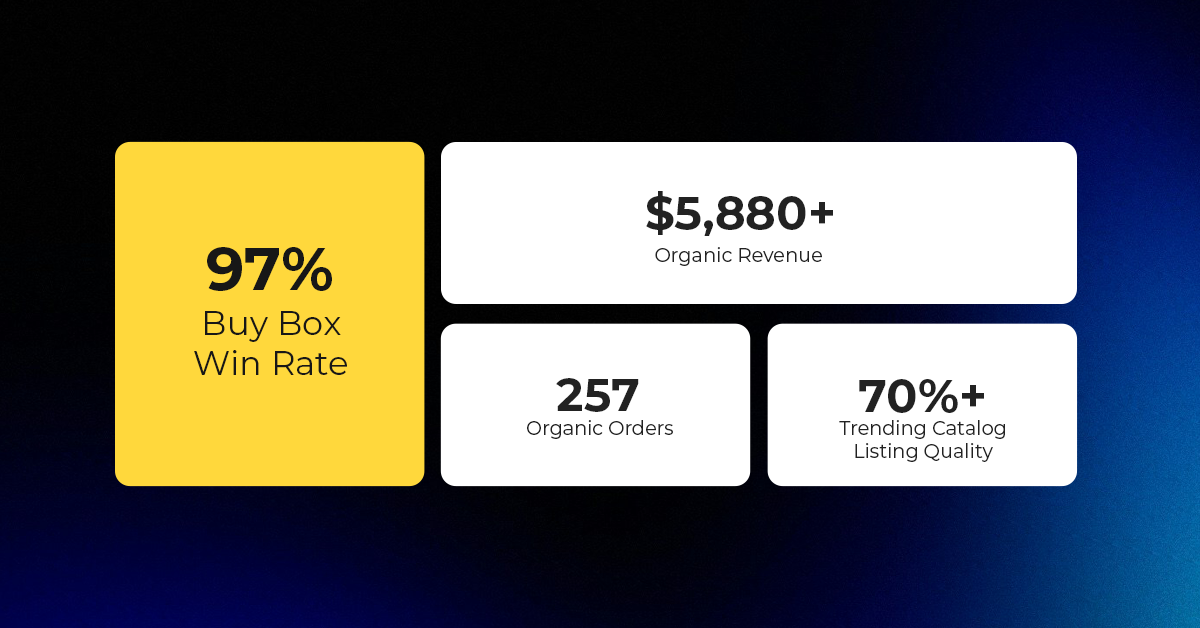
Reading Time: 3 minutesAbout the Brand Name: Vanity Slabs Inc Industry: Trading Slabs- Vanity Slabs…
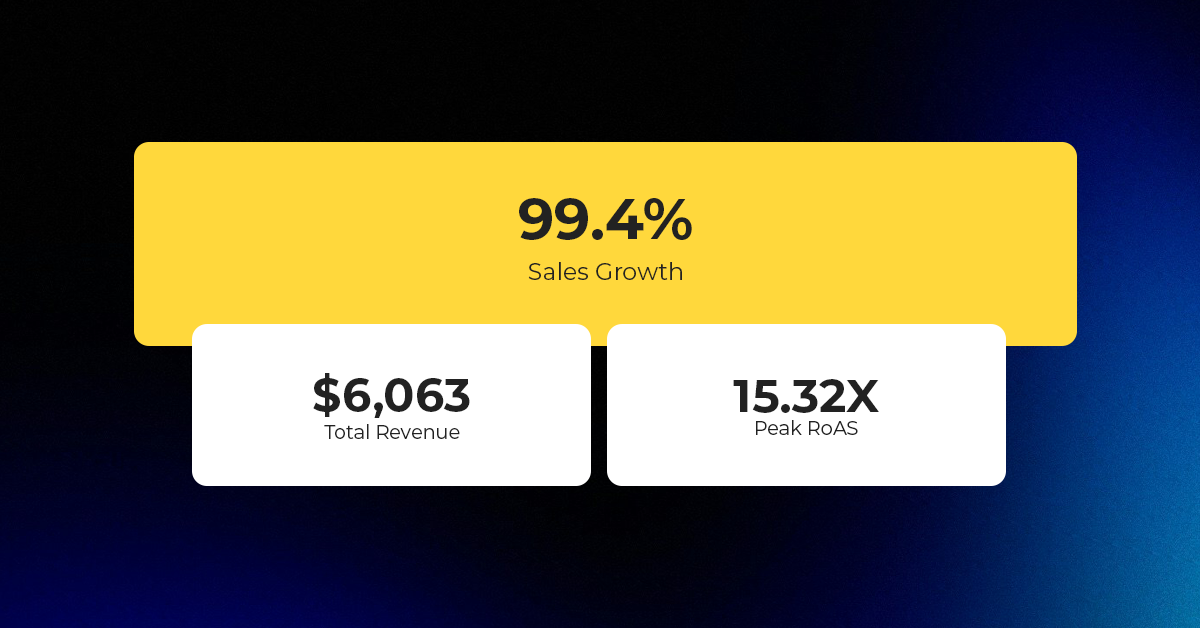
Reading Time: 2 minutesAbout the Brand Name: Ramjet.com Industry: Automotive Parts & Accessories Location: United…
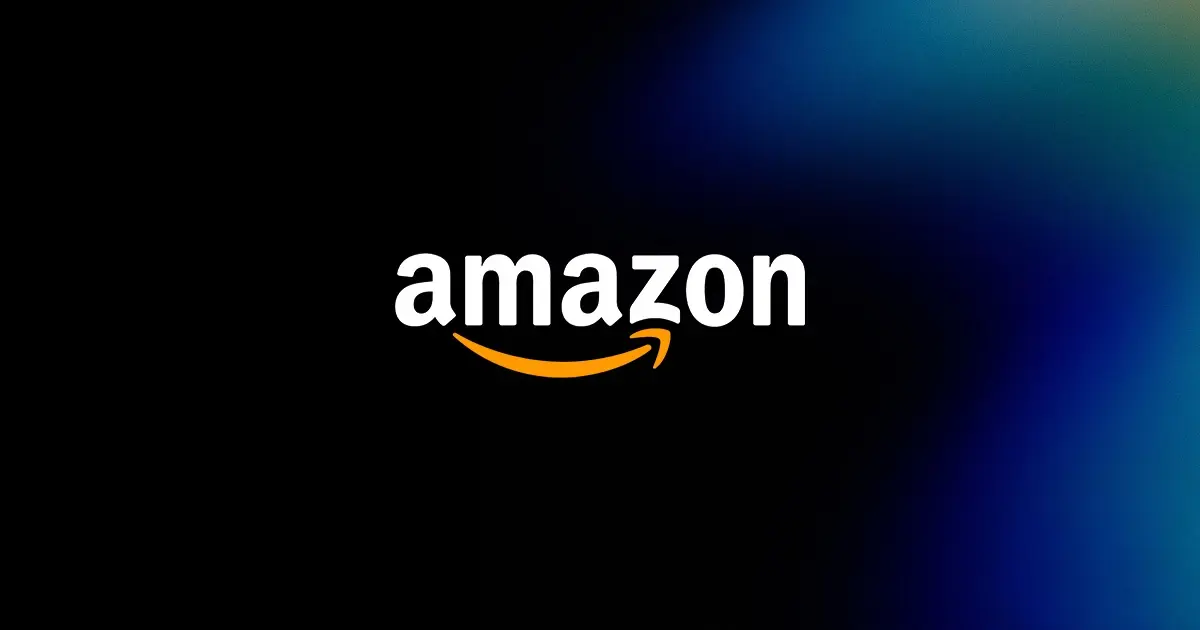
Reading Time: 2 minutesAmazon is rolling out strategic referral fee reductions across five major European…

Reading Time: 4 minutesQuick Summary: Scaling Lifestyle Powersports on eBay with CedCommerce Challenge: Zero marketplace…

Reading Time: 4 minutesTikTok has surpassed 460 million users across Southeast Asia, reinforcing its position…

Reading Time: 3 minuteseBay has released its final seller news update for 2025, with a…

Reading Time: 3 minutesAmazon has clarified its stance regarding speculation around a potential breakup between…
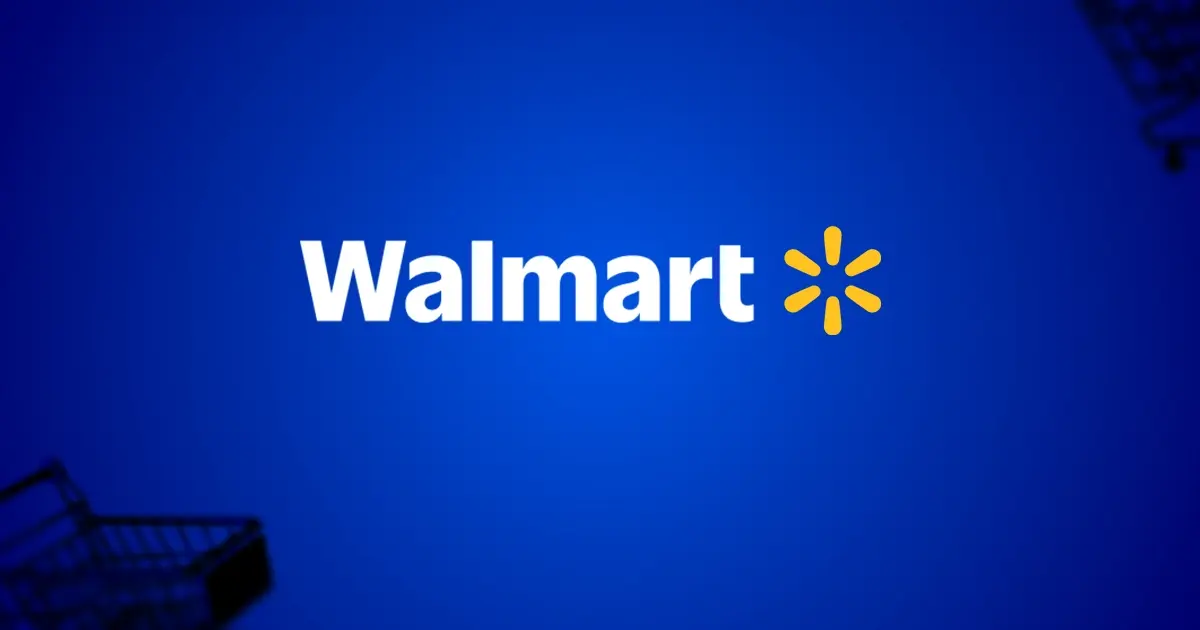
Reading Time: 4 minutesWalmart is accelerating its push into next-generation fulfillment by expanding its drone…

Reading Time: 4 minutesFaire, the fast-growing wholesale marketplace connecting independent retailers with emerging brands, has…

Reading Time: 4 minutesB2B buying in the United States is undergoing a fundamental behavioral shift…
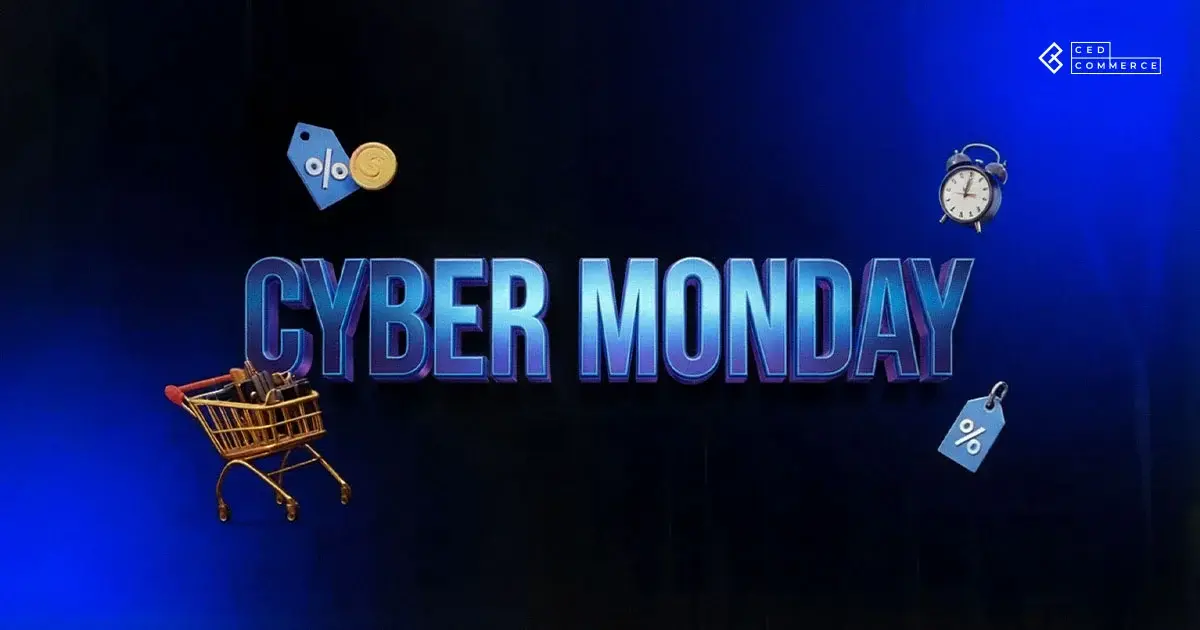
Reading Time: 3 minutesSummary Cyber Monday 2025 has officially become the largest online shopping day…

Reading Time: 2 minutesSummary Amazon kicked off December with two major developments shaping the future…

Reading Time: 2 minutesSummary Walmart has entered December with two major moves that signal a…